#Art Is Social, #Art is Media
How artists Brian Hart, Trina Fernandez, and John Bumstead navigate audience and identity on social media
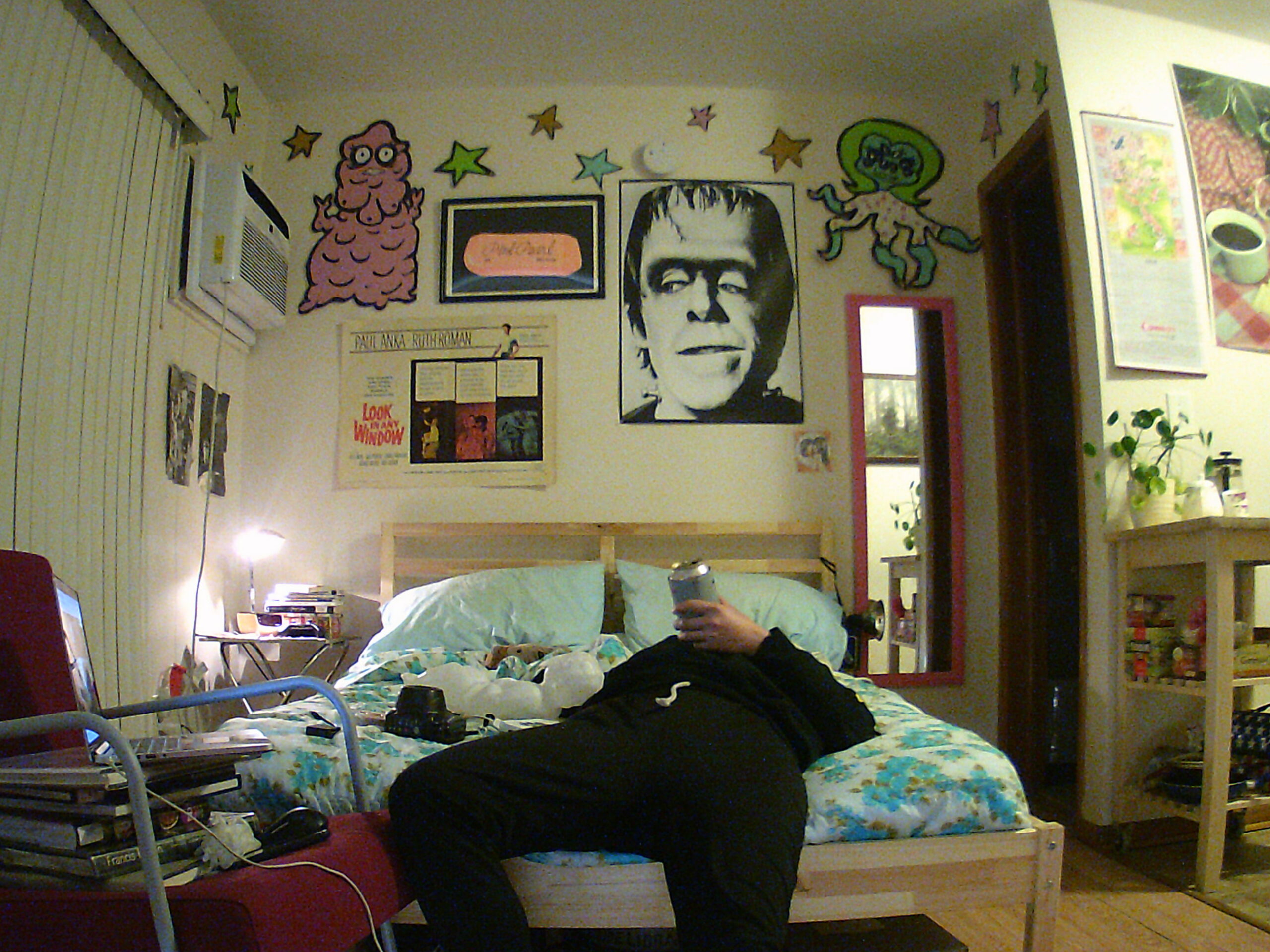
Whose Instagram would go more viral more often, Monet or Van Gogh? Would Hiroshige prints plaster Pinterest? (Arguably, his work’s influence does just this.) In an era where digital connectivity is paramount, social media has emerged as a critical platform for artists to showcase their work and engage with a global audience. Social media has profoundly influenced various aspects of our lives, including the arts. As of October 2023, there are 4.95 billion people on social media worldwide, accounting for 61.4% of the global population. This staggering number highlights the ubiquitous nature of social media, which sometimes feels like it has a stranglehold on our attention. At the same time, it offers fertile ground for artists to cultivate their presence and reach.
The average social media user, to employ the industry vernacular, interacts with 6.6 different platforms each month and spends about two hours and 24 minutes daily on these platforms. In the United States, 72% of the public uses some form of social media, with Facebook and YouTube being the most popular, followed by Instagram, Pinterest, LinkedIn, and X (formerly Twitter). The diversity in platform usage underscores the varied opportunities available for artists to connect with audiences across different demographics.
Since the early 2000s, social media has witnessed a meteoric rise, beginning with MySpace and evolving through platforms like Facebook, YouTube, and WhatsApp. Facebook, for instance, grew from covering around 1.5% of the world population in 2008 to approximately 30% by 2018. Today, they report 2.963 billion monthly active users. This roughly one-third world domination speaks volumes to the rapid growth and widespread adoption of these platforms and ways of being.
This growth has transformed how society communicates, shares information, and consumes media. The role of social media in marketing, advertising, and information dissemination has become increasingly prominent, altering the dynamics of audience engagement and outreach for artists and businesses alike. However, as the COVID pandemic and election lies illustrate, the impact of social media is not without its challenges, such as the spread of misinformation and the potential dooming of democracy.
In the arts, social media plays a crucial role, enabling artists to market their work, connect globally, and bypass traditional galleries. It fosters online art communities for inspiration, engagement, and direct audience interaction. However, it also brings challenges like navigating algorithms and the pressure of maintaining an online presence, impacting artists’ mental health and identity formation. In many ways, social media has revolutionized the art world, democratizing access, enhancing exposure, and altering artist-audience interactions.
Minnesota Artists, Global Identities
Surely, we are not the sum of our posts. But in sharing their creative output, artists are finding social media an essential tool for expressing and shaping their artistic identities. With the help of three Minnesota-based artists—Brian Hart, Trina Fernandez, and John Bumstead—who have cultivated a national, if not global, audience through social media, we explore how artists are navigating this new reality.
Brian Hart, a Minneapolis-based artist known for his light painting photography, sees social media as a conduit rather than a shaper of his artistic identity. He explains, “I’m not sure social media platforms shape or influence my artistic identity as much as they allow my artistic identity to be communicated out to and interpreted by people I’m connected with online.” In addition to his light painting work, which involves intricate light patterns created with LED night fishing lights, his multi-year and multi-phase Winter Bananas of Minneapolis project is assiduously documented on his Instagram.
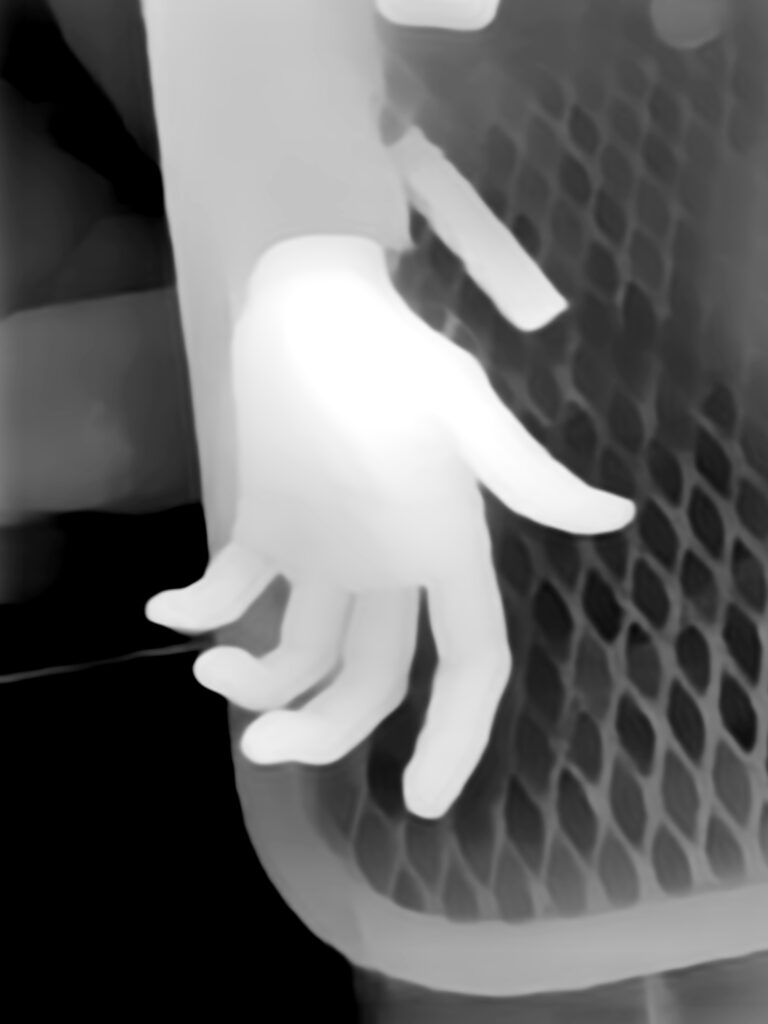
Similarly, Trina Fernandez, a Minnesota-based visual artist who merges photography and design, has, like many of us, had a complex relationship with social media. She says, “Sharing images online, seeing those platforms grow [since MySpace]: pictures from shows, pictures of bands, pictures from parties, pictures for your band, pictures for fashion, pictures for your brand. My artistic identity, much like our lives now, is intertwined with every sort of media.” Fernandez discusses the challenges artists face in this digital era, particularly when adapting to social media trends and algorithms. “Art that’s commodifiable does well—but photography and social practice? I had to find a way to stand out, and more of my real face, obscured or not, ended up making its way into the work, especially during the pandemic,” she reflects, acknowledging the impact of social media on the artistic process and the artist’s public image.
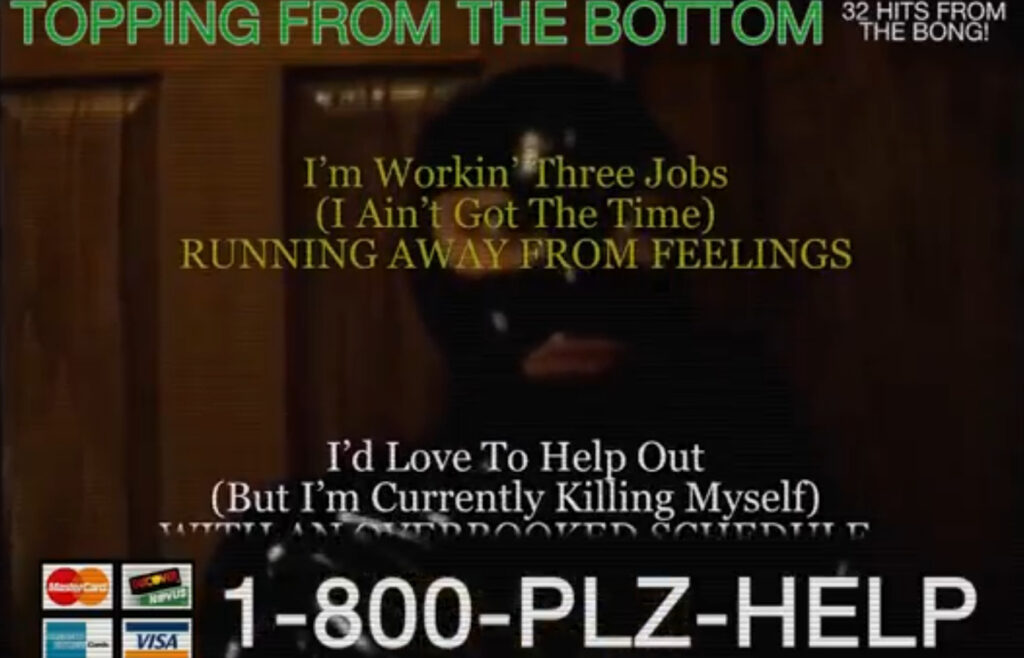
John Bumstead, a Minneapolis-based innovator, and the mind behind RDKL, Inc., a laptop repair and refurbishment business with a strong focus on recycling e-waste, has carved out a unique niche in the art world. He stumbled upon the realm of glitch art quite serendipitously: while dealing with defective graphics processors and broken screens, Bumstead discovered they produced unique visual artifacts. This discovery led him down an artistic path, capturing these anomalies and sharing them on Instagram. His unique approach and the visually striking nature of his work garnered attention, notably through a Vice article. Bumstead’s artistry spans three methods: harnessing the unintended beauty of broken screens, exploiting GPU defects, and creatively altering screen polarization. His journey in the digital art world has not only established him as a prominent glitch artist, but also as a mentor and supporter of fellow artists in this niche.
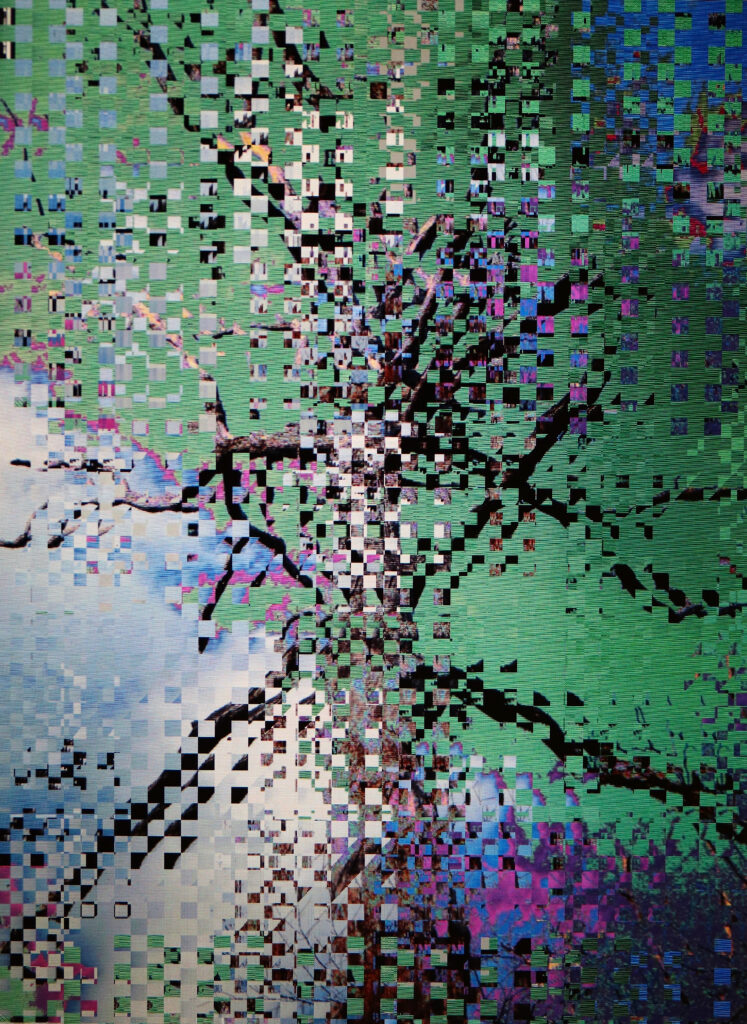
Not Fans and Followers, But Fellow Creators
Hart articulates a refreshing perspective on the artist-audience relationship. “This probably makes me a bad Online Artist ™️, but I don’t view people I’m connected with online as my fans or audience base,” he says. Hart’s view of social media is less about cultivating a “fan base” and more about fostering a collaborative community. “I don’t want to grow a ‘fan base’. I want to connect and share and discuss and think together with more people,” Hart elaborates. His approach underscores the potential of social media as a tool for thought exchange and co-creation, rather than what he termed a “hierarchical, or egocentric” platform.
Hart also acknowledges the motivational aspect of these online interactions: “Not sure—maybe makes me more productive? I love having ways to share work with people all over the world, so that’s probably pretty motivating.” His enthusiasm for the global, interactive nature of social media underlines its creeping importance in the creative process.
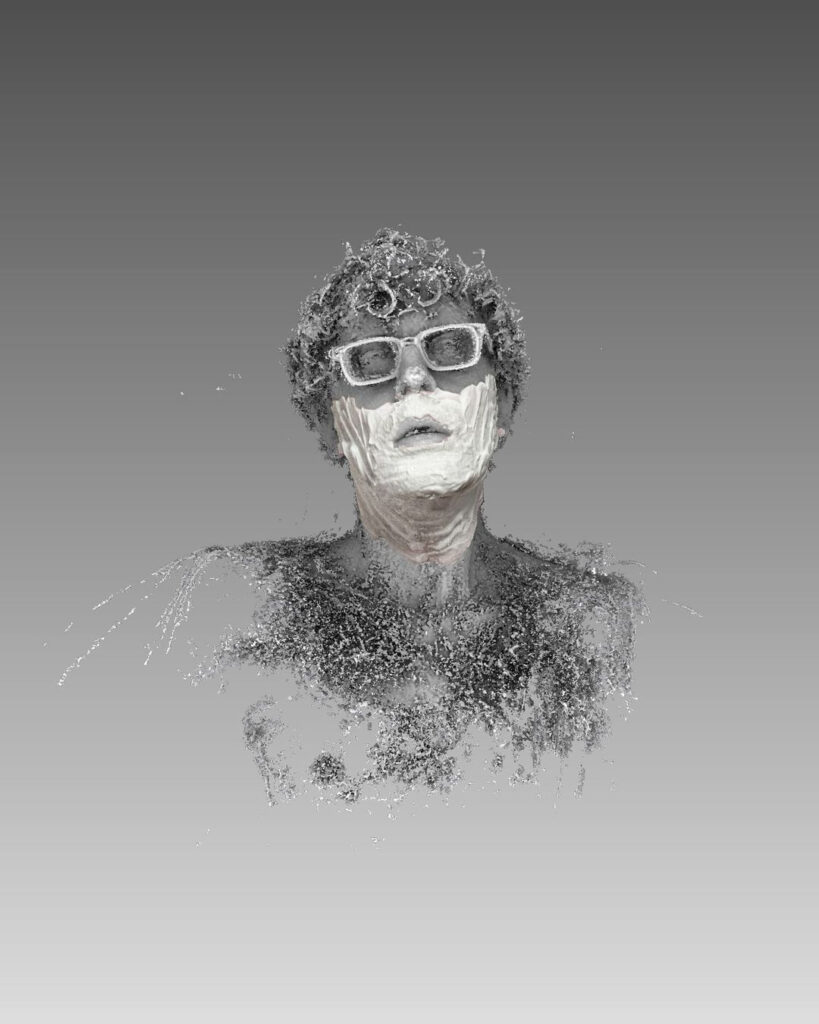
Consistency’s Pressure and Audience Interaction
In the realm of social media, Bumstead emphasizes the significance of consistent engagement and viewer feedback. “The number one tool we have to grow on social media is to post daily,” he states, acknowledging the long-term commitment required for visible results. Bumstead also values direct interaction, making efforts to respond to every comment as a form of gratitude and learning. His collaborative initiatives with other artists further highlight the communal nature of social media in the artistic realm.
Bumstead points out the stress of constant online presence. “Posting daily is key for growth, but it’s demanding,” he notes, acknowledging the potential for stress and burnout. He also recognizes the emotional toll of interacting with audience feedback.
These artists show social media’s varied challenges when it comes to artistic integrity, personal boundaries, and the stress of consistency and interaction demands. Their individual approaches highlight the need for personalized strategies in managing social media’s challenges and benefits.
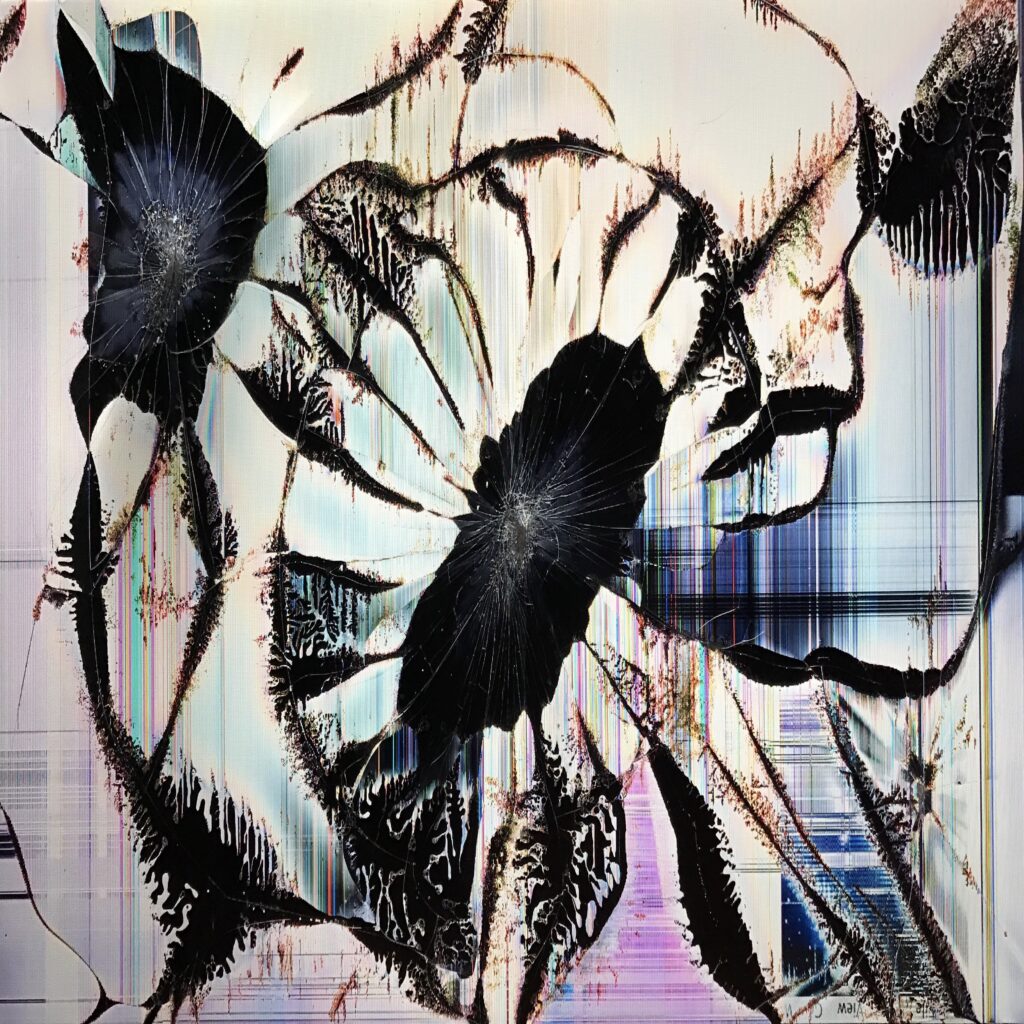
Leveraging Data and Authenticity
Fernandez’s strategy combines data analytics with genuine engagement. She uses Meta Business Suite to understand her audience, noting, “I know that 67% of my audience identifies as male, are from the general Southern California region, and that they are busiest on their phones around 7 pm on Thursdays.” However, she is mindful of the complexities this brings, recognizing that some see her as just an “e-girl.” Fernandez’s approach demonstrates how data-driven insights can be balanced with sincere connection to foster meaningful interactions with her followers.
Artistic and Personal Balance in Social Media
Hart prioritizes his art over social media’s impact and so embodies a purist approach to creativity. He says, “Even without the internet, I would still create art; it’s what drives and rewards me.” His approach suggests a beneficial detachment, valuing artistic integrity over online feedback. This perspective is crucial in an era where social media can often dictate trends and public tastes, especially in creative fields. Hart’s approach can engender a more authentic connection with his audience, who may appreciate that his art isn’t shaped by the ephemeral trends of the day. On the other hand, artists like Fernandez grapple with balancing their personal and professional online presence. “Deciding how personal to get on social media is a challenge,” she explains, aiming to maintain mental well-being while fostering audience connection. The balance is especially delicate in the arts, where personal and professional lives are often deeply intertwined.
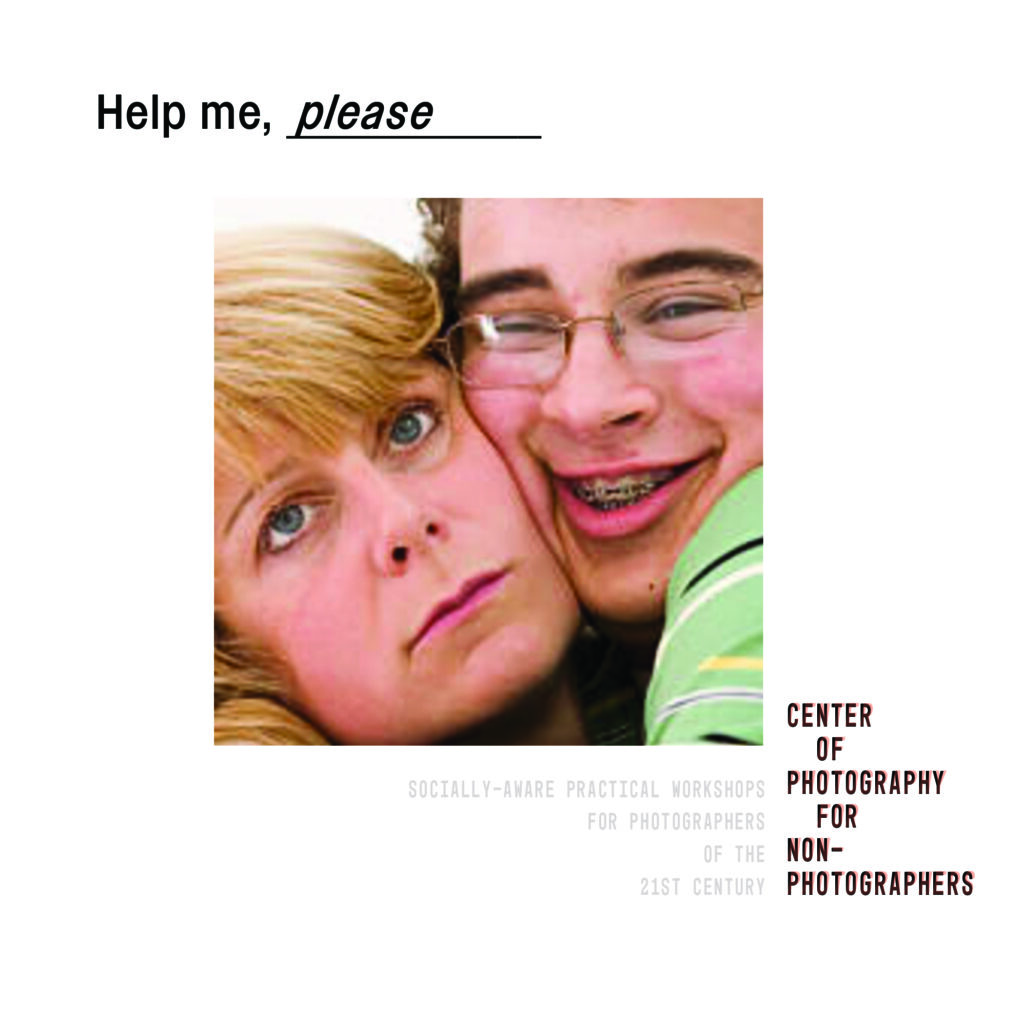
Awareness and Advocacy
Social media offers artists a platform for advocacy and impact. Fernandez views her influential online presence as a voice in the digital age. She believes in the political nature of art in today’s data-driven world and uses her platform for topics she’s passionate about. She articulates her stance eloquently:
“I try not to bombard too much, but as an artist, it’s hard not to see how much influence and power you do have on social media. Brands, curators, AI, are all trained to look at what’s new, what words are being used or googled, what are the hot colors, etc. And once you’re in that algorithm, you’re a part of that conversation. The age-old question of ‘Is all art political?’ is a definite yes for me in the 21st century, as we have been reduced to data, and if we can get into the algorithm, your influence will grow, which can be exploited in many unseen ways beyond the obvious. We don’t live in a world where we can afford to not have an opinion about something. I post things I’m particularly passionate or somewhat more knowledgeable about. It’s forced me to be more engaged and in touch with news and community.”
In contrast, Bumstead presents a differing viewpoint. His art, born from defective graphics processors, serves as a sanctuary from political debates. Bumstead explains:
“Aside from fairly innocuous ‘right to repair’ references alongside some of my art, I refrain from political advocacy. I see my art as a reprieve from the political. Famously Monet, while seen now as ‘boring and apolitical,’ was actually very controversial in his time because he chose to do ‘art for art’s sake’ when artists were under pressure to do war propaganda. I wouldn’t say I view my situation quite that strongly, but I do see value in staying true to the art and not haphazardly lending it to other causes. Too many artists, for example, have completely given themselves over to AI, and have all but lost whatever unique aesthetic they had cultivated previously.”
He adds, “The only backlash I have received is criticism when I didn’t want my art to be used for advocacy.”
With such audience expectations and societal pressure, it’s easy to understand why Bumstead takes sanctuary in his art. In addition to maintaining his artistic freedom and personal boundaries, such forced advocacy often robs the artistic work of its authenticity, however one wants to understand this concept. Moreover, artists, like everyone else, can contribute to society in other ways. In fact, Bumstead has been very open to teaching others the art of repairing various broken technologies.
Conclusion
As we reach the conclusion of this series on artists and the ever-evolving realm of new technologies, it’s clear that the journey of creation and innovation is far from over. The circles are encircling both inward and outward—even in the flat spaces where screens are touched by billions in near-unison across distances great and minute. Their interplay highlights a profound truth: data is personal, across a picture or pixels; data is social, in the deeply personal sense of how individuals relate to one another in the digital polis. After all, whether it’s IRL or online, we find ourselves in a continuous loop of seeking and being sought. In this shapeless space, this media, a new vulnerability emerges. But when points of inspiration connect, so too does some spark of hope.